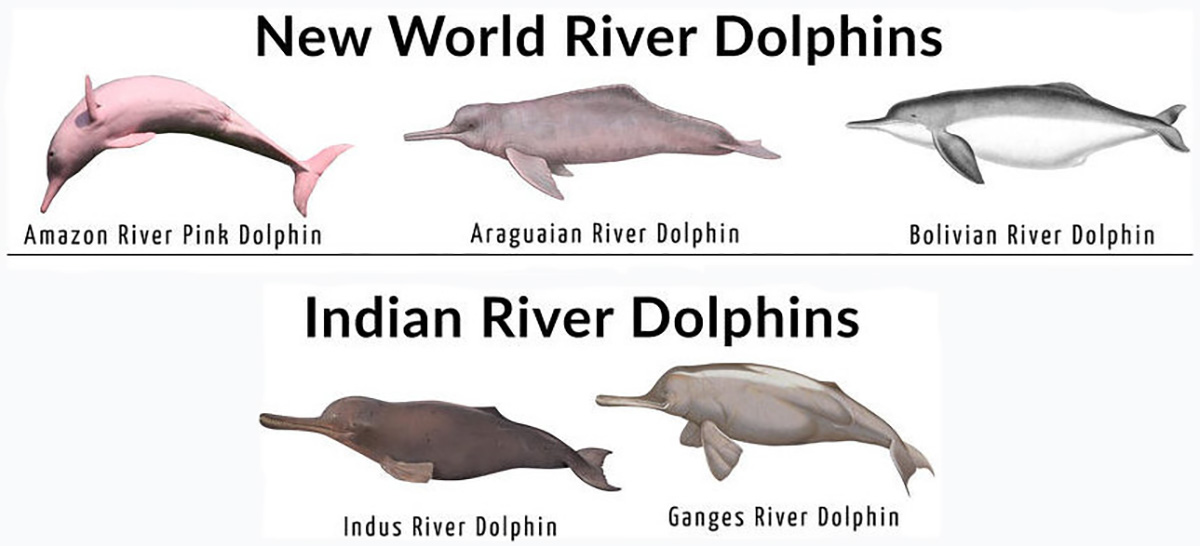
When we think of dolphins, most of us picture sleek, playful creatures leaping through ocean waves. But not all dolphins call the sea their home. Some live far inland, navigating murky rivers and winding tributaries. These are river dolphins—enigmatic and rare mammals that have adapted to freshwater environments in some of the world’s most biodiverse river systems. Let’s dive into the fascinating world of river dolphins and explore the different types that still survive today.
What Are River Dolphins?
River dolphins are freshwater cetaceans that live in river systems rather than the ocean. They differ from their marine cousins in several ways: they tend to have longer snouts, smaller eyes, flexible necks, and reduced eyesight—adaptations for living in turbid waters with limited visibility.
Sadly, most species are endangered or critically endangered due to pollution, dam construction, fishing nets, and habitat destruction. Their survival tells a story not just of evolution, but of fragile ecosystems in need of protection.
The 5 Extant Species of River Dolphins
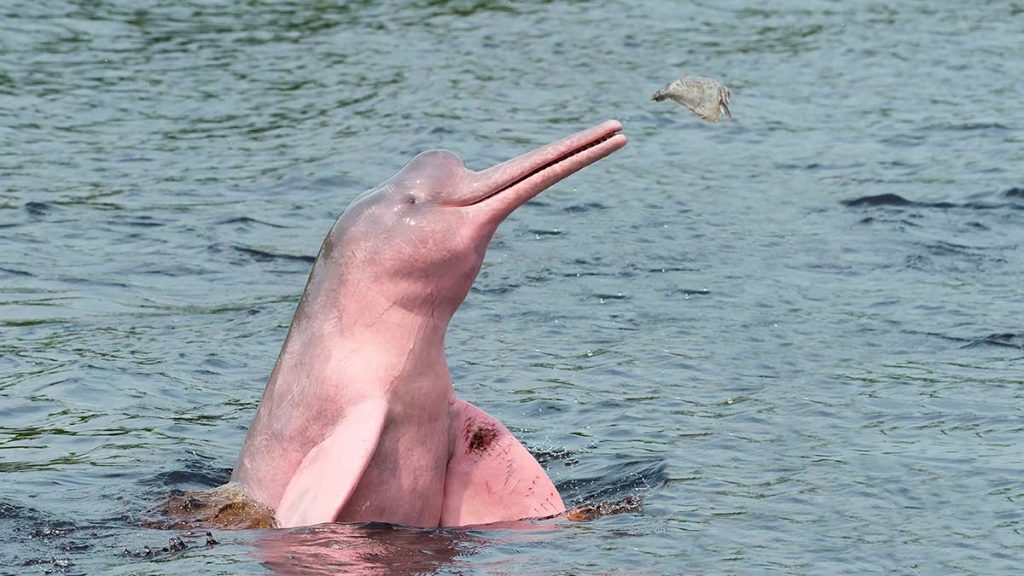
1. Amazon River Dolphin (Inia geoffrensis)
Also known as the boto or pink river dolphin, this species inhabits the Amazon and Orinoco river basins in South America.
- Color: Gray at birth, turning pink with age (especially in males)
- Special Traits: Highly intelligent, with a flexible body that allows it to twist through flooded forests
- Conservation Status: Endangered
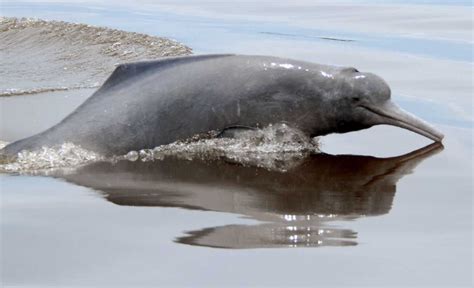
2. Bolivian River Dolphin (Inia boliviensis)
Once thought to be a subspecies of the Amazon river dolphin, the Bolivian dolphin is now often considered a separate species.
- Location: Confined to the upper Madeira River system in Bolivia
- Special Traits: Slightly smaller than its Amazonian cousin, with more teeth and a more pronounced forehead
- Conservation Status: Endangered
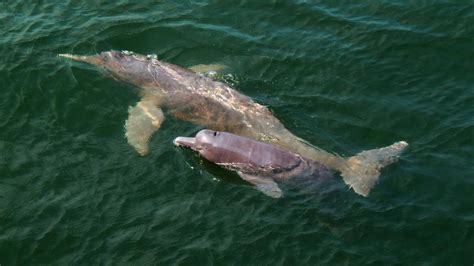
3. Araguaian River Dolphin (Inia araguaiaensis)
This is the most recently discovered river dolphin, described scientifically in 2014.
- Location: Araguaia-Tocantins River basin, Brazil
- Special Traits: Genetic and morphological differences set it apart from the Amazon species
- Conservation Status: Data Deficient (due to its recent discovery)
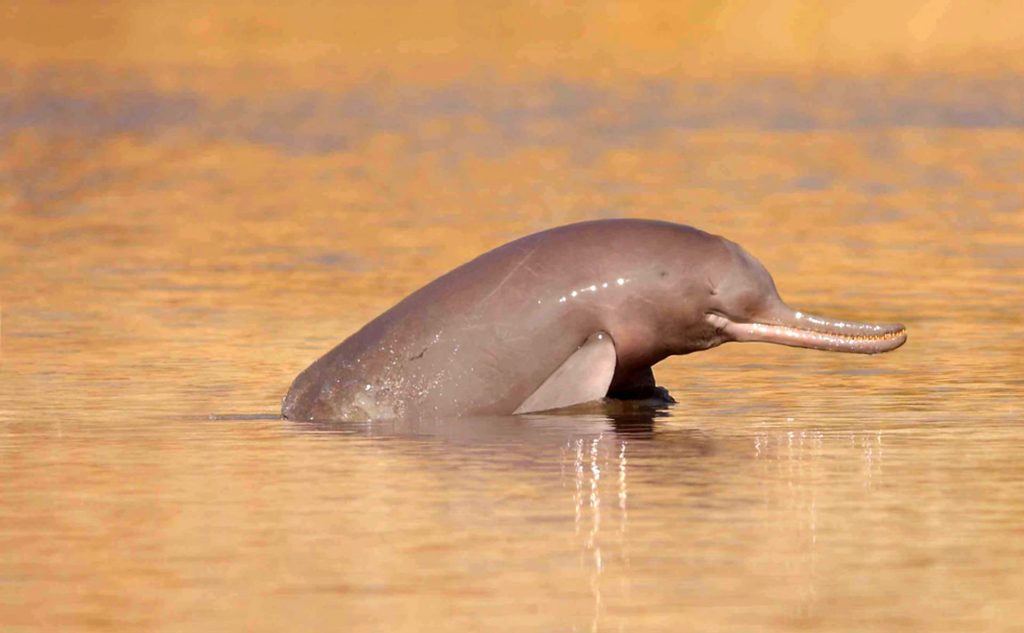
4. Ganges River Dolphin (Platanista gangetica gangetica)
Locally called susu, this blind dolphin lives in the Ganges, Brahmaputra, and Meghna river systems in India, Nepal, and Bangladesh.
- Color: Brownish-gray
- Special Traits: Nearly blind, uses echolocation to find prey in murky waters
- Conservation Status: Endangered
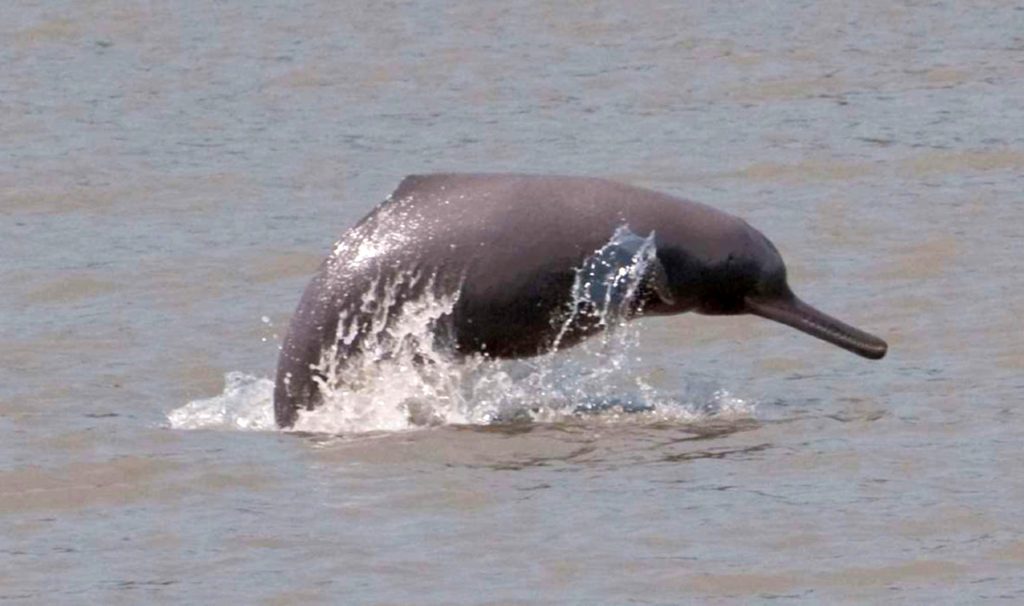
5. Indus River Dolphin (Platanista gangetica minor)
A subspecies of the Ganges dolphin, the Indus dolphin is found in the Indus River of Pakistan and parts of India.
- Color: Similar to the Ganges dolphin
- Special Traits: Also nearly blind, often swims on its side in shallow water
- Conservation Status: Endangered
Extinct River Dolphin: The Baiji
We can’t talk about river dolphins without acknowledging the tragic loss of the Baiji (Lipotes vexillifer), the Yangtze River dolphin in China. Declared functionally extinct in the early 2000s, the baiji was a victim of industrialization, overfishing, and damming. Its disappearance is a stark reminder of how quickly we can lose species if action isn’t taken.
Why River Dolphins Matter
River dolphins are top predators in their environments and indicators of freshwater health. Protecting them means preserving entire ecosystems that millions of people and countless species depend on. Conservation programs, fishing regulations, and river clean-up initiatives are key to ensuring their survival.
Fun Fact
The Amazon river dolphin’s brain is about 40% larger than a human’s. Despite living in murky, low-visibility rivers, they are believed to be among the most intelligent cetaceans.
Conclusion
River dolphins are more than just freshwater versions of their marine cousins—they’re unique evolutionary marvels. Each species tells a story of adaptation and survival in some of the world’s most complex river systems. As these species face increasing threats, learning about and protecting them is more urgent than ever.
Next time you think of dolphins, don’t forget these mysterious creatures of the inland waterways—they need our attention just as much as their ocean-dwelling relatives.
Disclaimer: This blog post is for edutainment purposes only and may not be entirely accurate.






